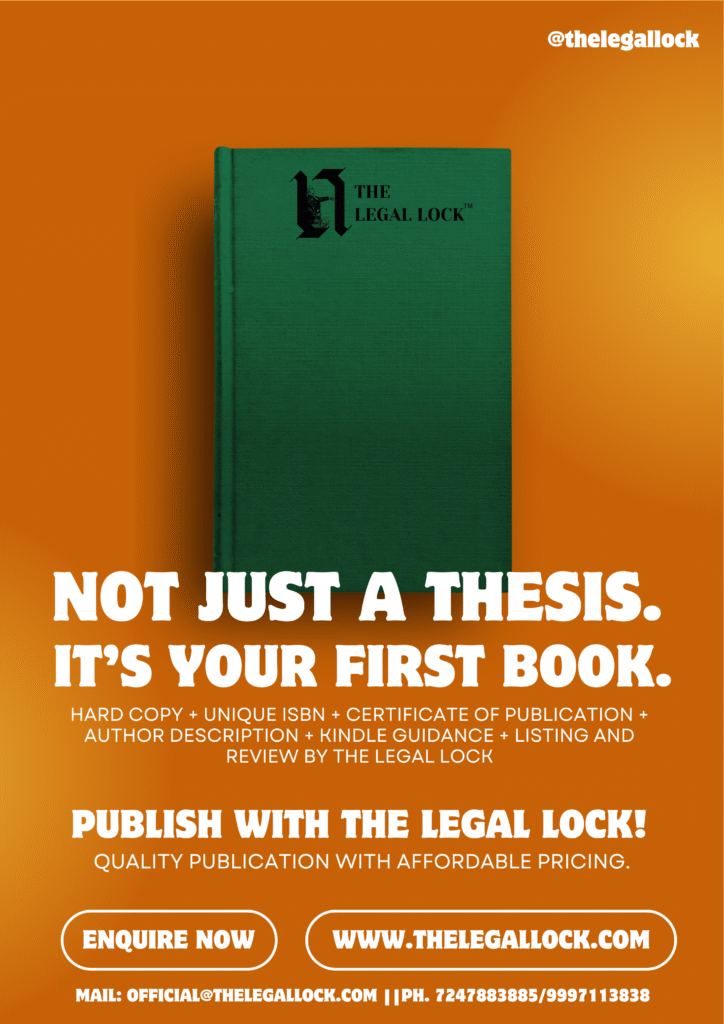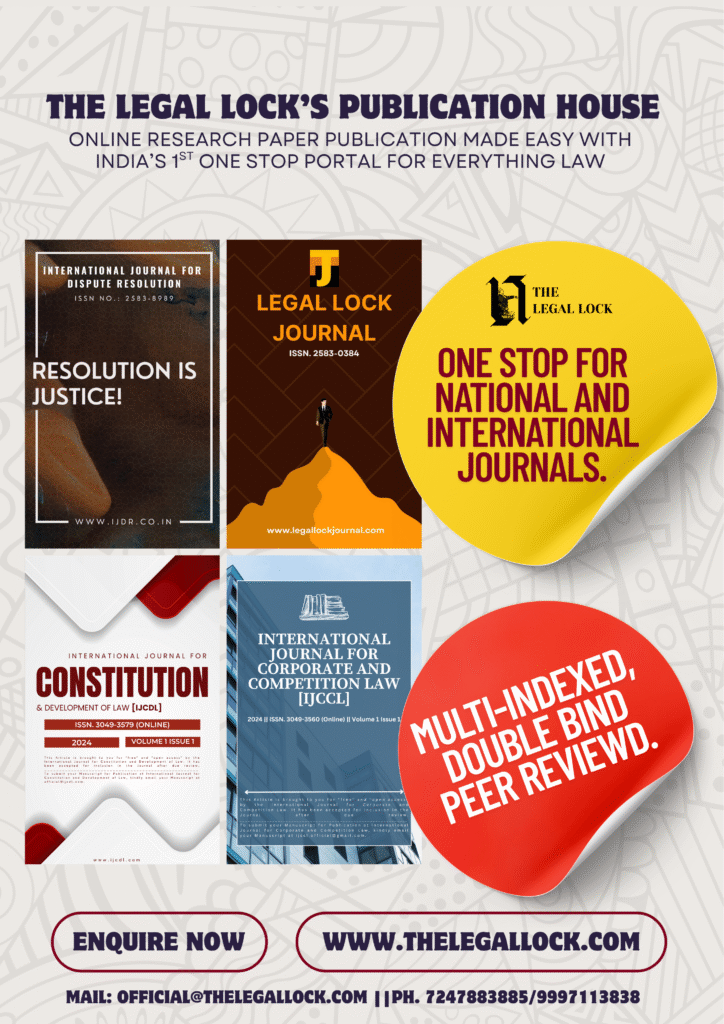Case Brief: Ahmedabad Textile Industry’s Research Association v. State of Bombay

| Citation | AIR 1961 SUPREME COURT 484 |
| Court | Supreme court of India |
| Decided on | 17 November 1960 |
| Petitioner | Ahmedabad Textile Industry’s Research Association |
| Respondent | State of Bombay |
Introduction
The case “The Ahmedabad Textile Industry’s Research Association vs. The State of Bombay and Others” was presented before the Supreme Court of India and involves the legal status and classification of the Ahmedabad Textile Industry’s Research Association under the Industrial Disputes Act, 1947. The case was decided on November 17, 1960, by a bench comprising Justices K.N. Wanchoo, P.B. Gajendragadkar, and A.K. Sarkar.
The association was established in 1947 with the objective of conducting research and other scientific work related to the textile trade and its allied industries. It aimed to provide material services to member mills, focusing on enhancing efficiency and reducing costs through research initiatives.
The primary issue before the court was whether the Ahmedabad Textile Industry’s Research Association could be classified as an “industry” under Section 2(j) of the Industrial Disputes Act. This classification was critical as it determined the legitimacy of adjudicating employee disputes, particularly concerning wages and allowances, which had been referred for adjudication by the government. The association contended that it was a research center engaged in educational activity, distinct from profit-driven industry operations. However, the court ultimately concluded that the nature of the association’s activities aligned it more closely with an “industry” as defined by the Act, thereby validating the reference of the dispute for adjudication.
The case highlights the intersection of labor laws, industries, and the definition of industrial activities in the context of Indian jurisprudence.
Facts of the case
Here are the key facts of the case “The Ahmedabad Textile Industry’s Research Association vs. The State of Bombay and Others”:
1. Establishment and Objectives: The Ahmedabad Textile Industry’s Research Association was founded in 1947. Its primary purpose was to conduct research and scientific work related to the textile trade and allied industries, aimed at improving manufacturing processes, efficiency, and reducing operational costs for member mills.
2. Funding: The financial support for the association came from its member mills as well as grants from the government and other sources.
3. Organizational Structure: The association operated in a manner similar to a business, employing technical personnel who were paid remuneration for their work. The results of the research conducted were properties of the association, and the employees did not have rights over those results.
4. Dispute with Employees: Disputes arose between the association and its employees over issues relating to wages, dearness allowance, and house rent allowance. These disputes were referred for adjudication by the government.
5. Contestation of Status as Industry: The association contended that it was not an industry as defined under the Industrial Disputes Act, claiming its activities were more aligned with educational efforts rather than traditional industrial activities.
6. Legal Reference: The central legal question was whether the Ahmedabad Textile Industry’s Research Association fell within the definition of “industry” under Section 2(j) of the Industrial Disputes Act, 1947. This was crucial for determining whether the Tribunal’s reference of the dispute was valid.
7. Court’s Consideration: The court examined whether the association’s activities satisfied the tests established in previous judgments, particularly those concerning attributes of what constitutes an undertaking as per the Industrial Disputes Act.
The Supreme Court ultimately ruled that the nature of the association’s activities and its purpose aligned it with the definition of an “industry,” thereby allowing the employee disputes to be adjudicated under the Industrial Disputes Act.
Arguments by the parties
In the case “The Ahmedabad Textile Industry’s Research Association vs. The State of Bombay and Others,” the arguments presented by the parties were as follows:
Arguments by the Appellant (The Ahmedabad Textile Industry’s Research Association):
1. Non-Classification as an Industry: The appellant argued that it was not an “industry” as defined under Section 2(j) of the Industrial Disputes Act, 1947. They contended that its main function was research, akin to an educational institution, rather than engaging in any trade or business that would typically characterize an industry.
2. Nature of Activities: The association maintained that its activities were primarily scientific and educational, focusing on research and development rather than profit generation, which should exclude it from the classification of an industry.
3. Rights of Employees: The appellant pointed out that employees engaged in research did not have rights over the results of the research conducted. Therefore, they argued that the workplace arrangements and labor relations were distinct from those typically found in industrial enterprises.
4. Invalid Reference: The appellant claimed that the Industrial Tribunal’s reference to adjudicate the wage disputes was not competent because the association did not fall within the purview of the Industrial Disputes Act.
Arguments by the Respondents (The State of Bombay and Others):
1. Definition of Industry: The respondent argued that the activities of the Ahmedabad Textile Industry’s Research Association aligned with the broad definition of “industry” in Section 2(j) of the Industrial Disputes Act. They maintained that the association was indeed an undertaking engaged in activities that provided services and material benefits to the member mills.
2. Service to the Community: The respondents highlighted that the association primarily aimed to improve efficiency and profitability for its member mills, constituting a service that fits the industrial model rather than an educational model.
3. Previous Case Precedents: They cited previous judgments, including “State of Bombay v. The Hospital Mazdoor Sabha,” to assert that the nature of cooperation between the employer and employees in the association illustrated the characteristics of an industry.
4. Legitimacy of the Tribunal’s Reference: The respondents argued that since the association was engaged in services that could be classified as industrial, the reference for adjudication of wage-related disputes was entirely valid.
Conclusion
The Supreme Court ultimately sided with the respondents, ruling that the Ahmedabad Textile Industry’s Research Association was an undertaking under the Industrial Disputes Act, thereby affirming the validity of the reference to adjudicate the dispute between the association and its employees. The court emphasized that the organization’s substantial objective was to aid the textile industry through improved methods and research, which met the criteria for being classified as an industry.








